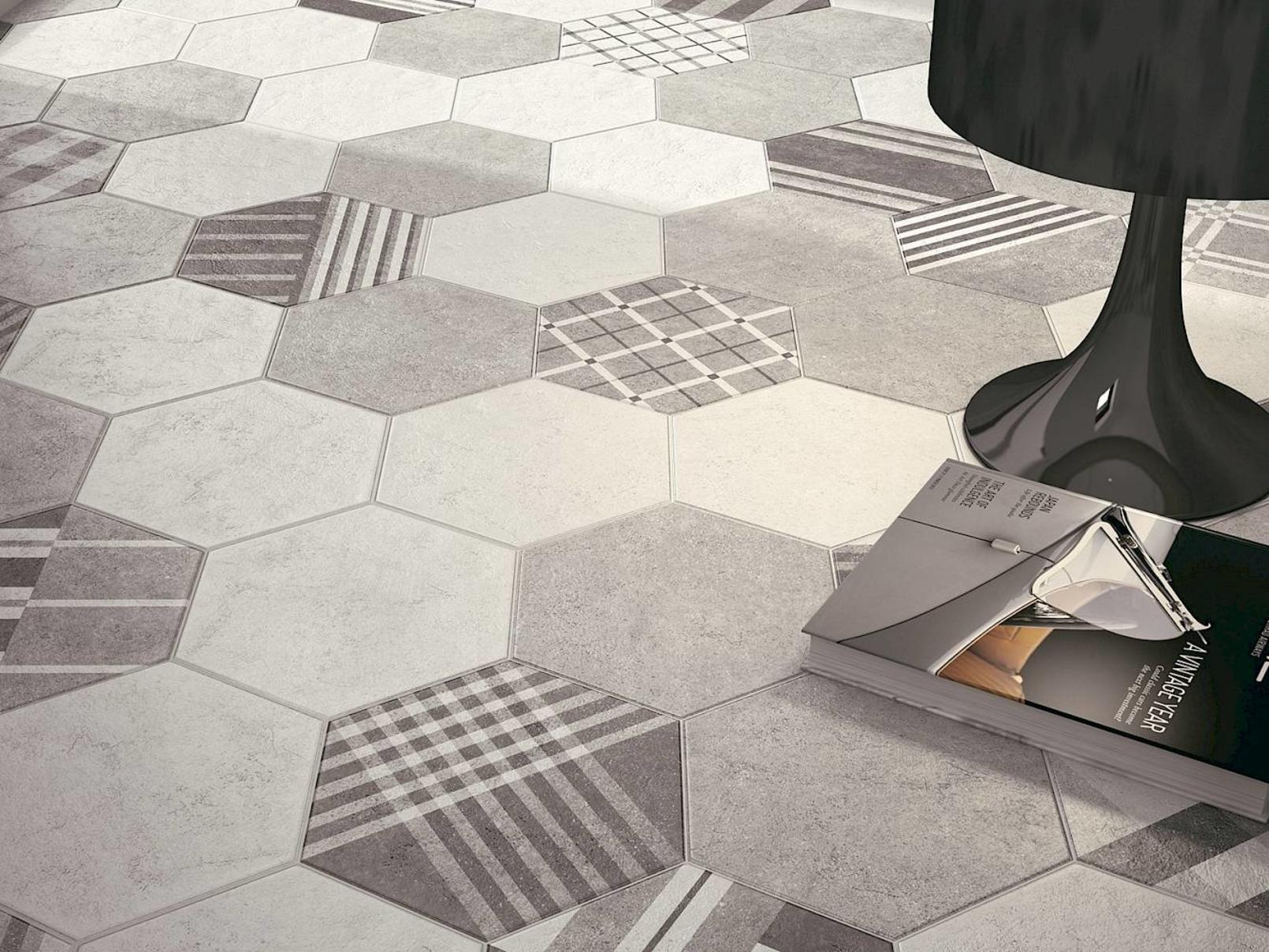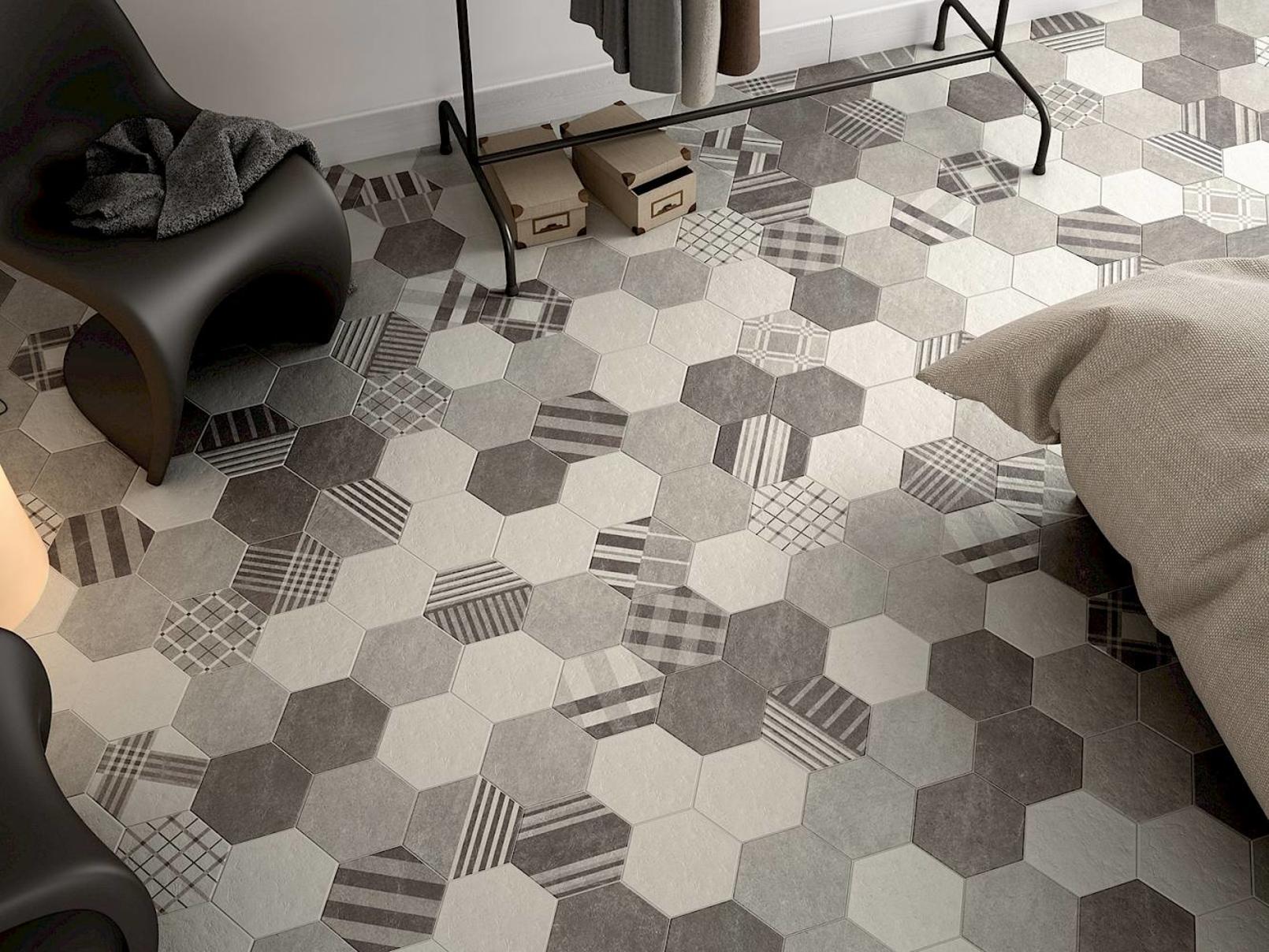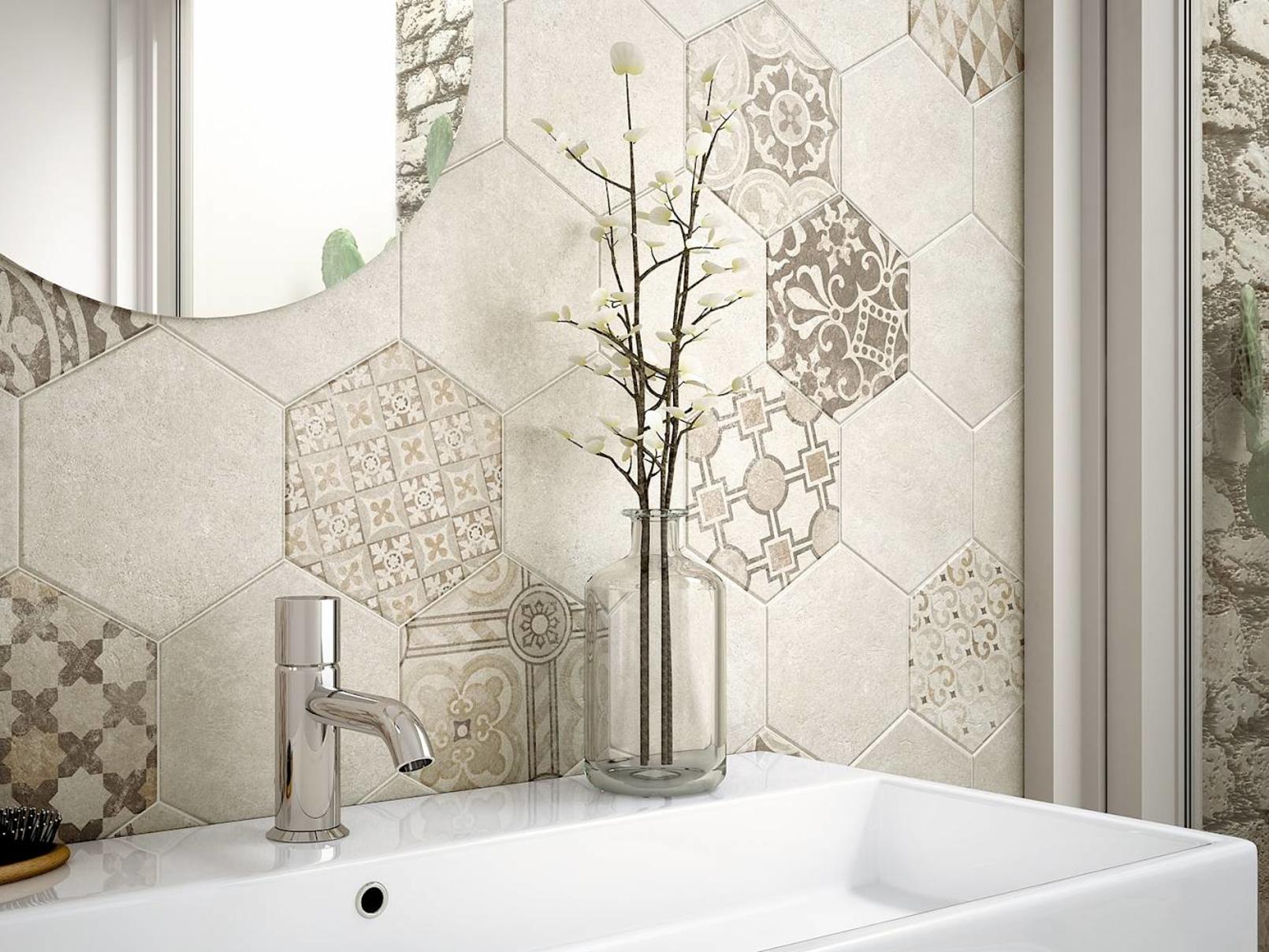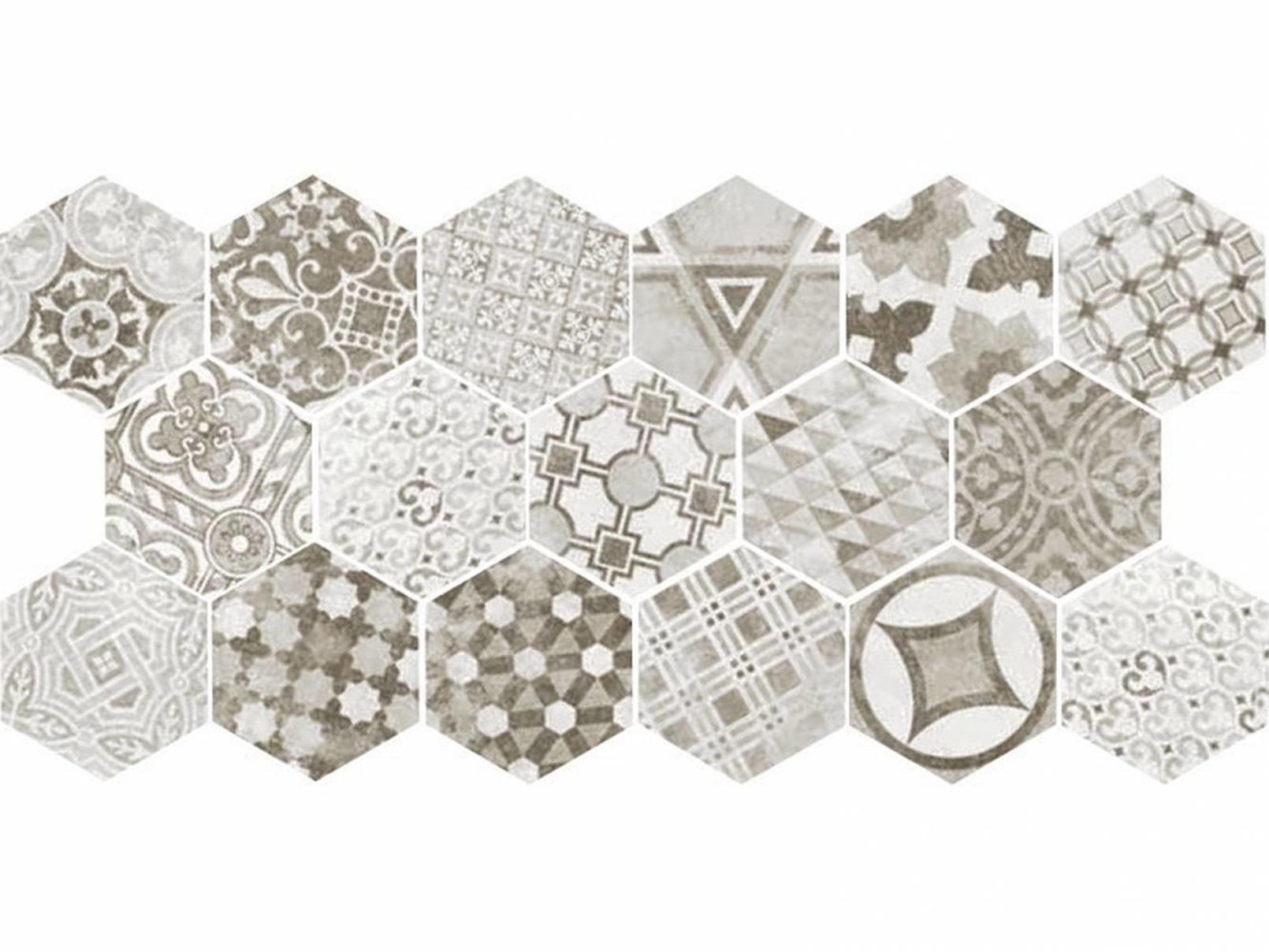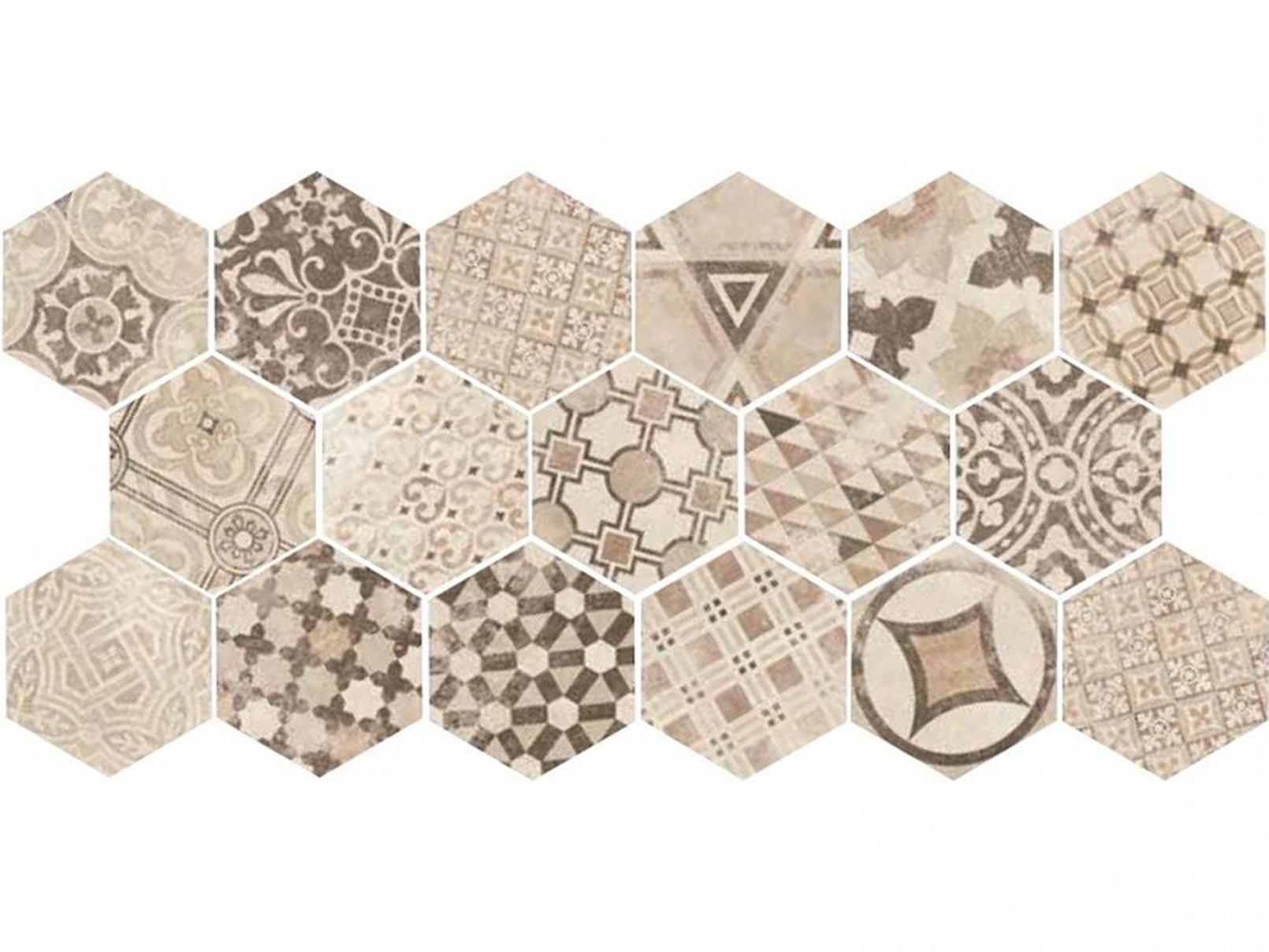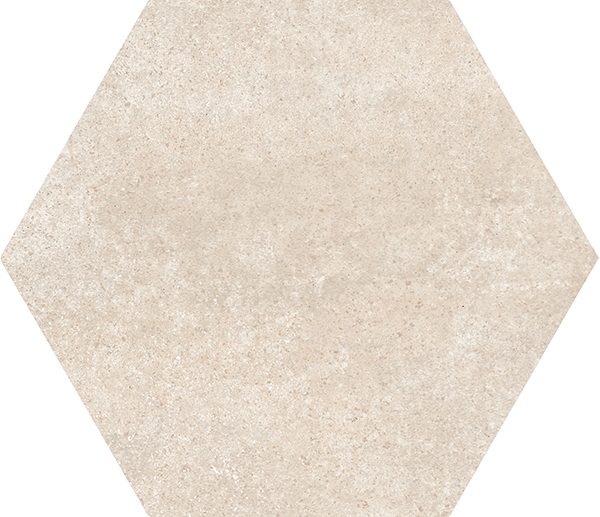Gone are the days when you had to choose between a square and a rectangular tile. Hexagonal tiles have become popular again after a long absence. The Hexatile collection is so versatile that it can meet the needs of many designers who are looking for elements to set the scene in a classic setting with neutral colours or a contemporary environment with a unique character. Some of the tiles feature traditional or modern hydraulic patterns.
Sand
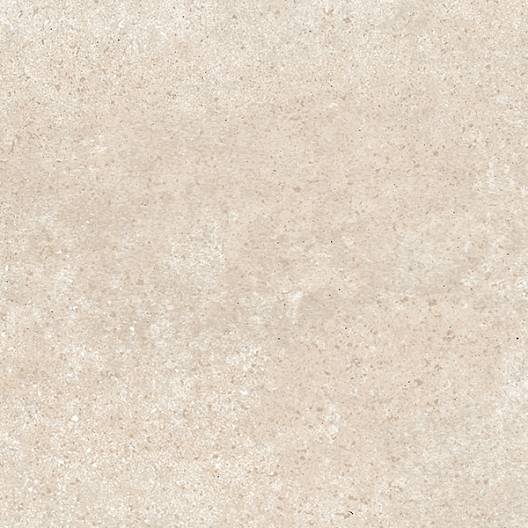
Look & Feel:
Concrete, Patterned
Usage:
Floor, Wall, Commercial, Residential
Shapes:
Hexagon
Glazed
Formats (1)
Matte
#HE22095NN
$7.34 sq. ft.
25% discount
$9.79 sq. ft.
25% discount
$9.79 sq. ft.
7″ × 8″ / 17.8cm × 20.3cm
Thickness :
8 mm
Suggested grout :
988 - Pearl
988 - Pearl
Nuance :
V1 Uniform
R rating :
R9
PEI :
4



